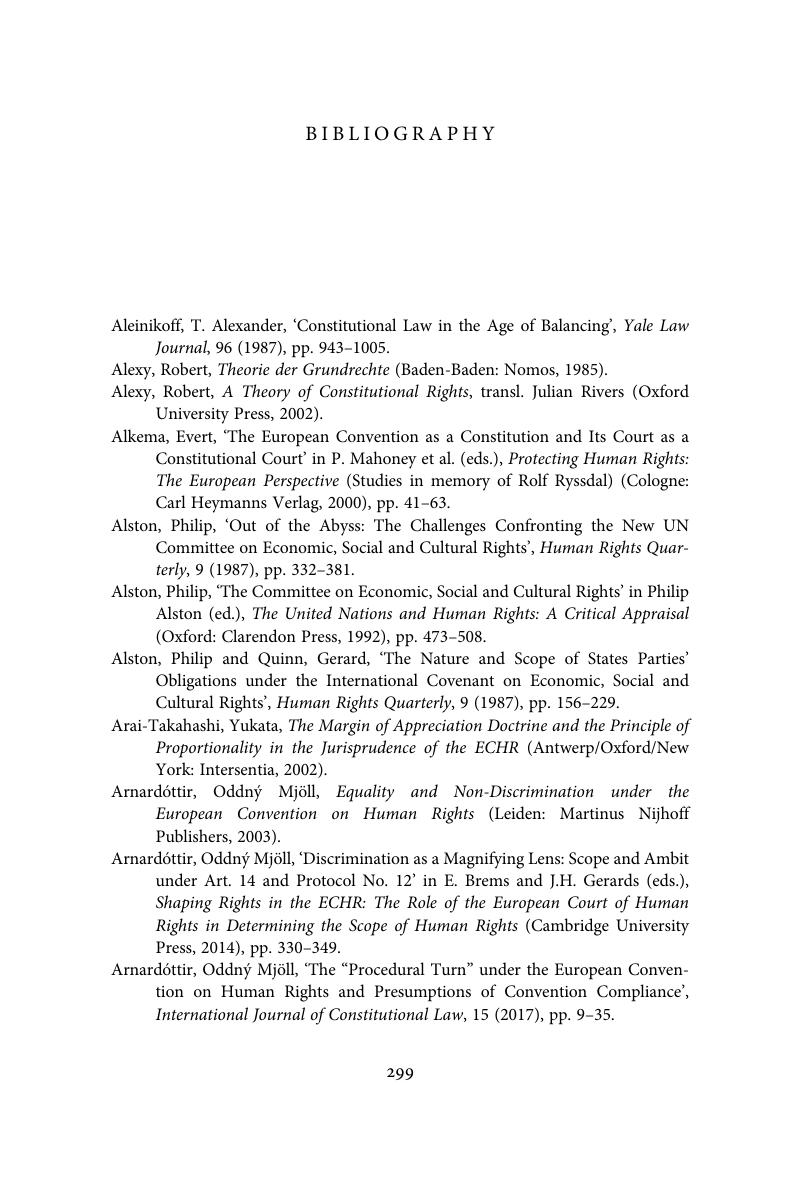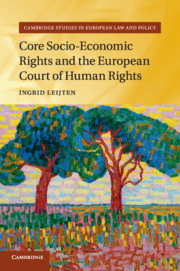Book contents
- Core Socio-Economic Rights and the European Court of Human Rights
- Cambridge Studies in European Law and Policy
- Core Socio-Economic Rights and the European Court of Human Rights
- Copyright page
- Contents
- Series Editors’ Preface
- Acknowledgements
- Abbreviations
- Cases
- Introduction
- Part I Setting the Stage
- Part II Core Rights Protection
- Part III Core Socio-Economic Rights and the ECtHR
- Conclusion
- Bibliography
- Index
- References
Bibliography
Published online by Cambridge University Press: 28 December 2017
- Core Socio-Economic Rights and the European Court of Human Rights
- Cambridge Studies in European Law and Policy
- Core Socio-Economic Rights and the European Court of Human Rights
- Copyright page
- Contents
- Series Editors’ Preface
- Acknowledgements
- Abbreviations
- Cases
- Introduction
- Part I Setting the Stage
- Part II Core Rights Protection
- Part III Core Socio-Economic Rights and the ECtHR
- Conclusion
- Bibliography
- Index
- References
Summary

- Type
- Chapter
- Information
- Publisher: Cambridge University PressPrint publication year: 2018



